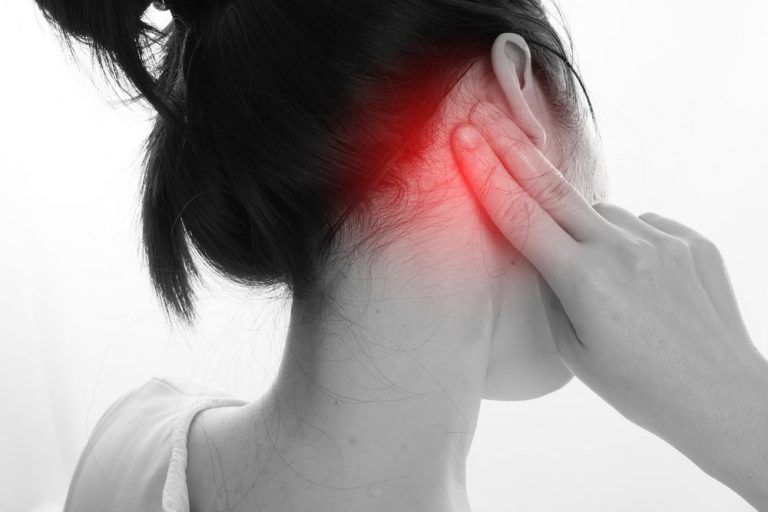
:max_bytes(150000):strip_icc()/chestpainfinal-01-5c1b07abc9e77c0001fecc31.png)
4,9 Synovitis of the knees, wrists, and small joints of the hands-mild, transient, and without erosive changes-is often associated with PMR. 4,9 Bursitis is primarily responsible for shoulder symptoms pain may cause subjective weakness, although muscle strength is usually unimpaired. PMR onset is dramatic and presents with bilateral proximal aching of the shoulder and hip girdle muscles and the back and neck muscles morning stiffness is typical (lasting >1 hour), and discomfort may be such that patients are prevented from rising out of bed in the morning and performing simple tasks. 7,8 People of Northern European and Scandinavian descent are at higher risk for developing PMR older adults are affected almost exclusively, with an average age at onset of 70 years and a range from 50 to 90 years. 7 A recent study estimating the lifetime risk of RA (3.6% for women and 1.7% for men) and other autoimmune diseases indicates that the second most common autoimmune disorder is polymyalgia rheumatica (PMR), with a lifetime risk of 2.4% for women and 1.7% for men. 4 Risk factors for developing an autoimmune disease include age and gender, among others.

7 Over 5% of women over 75 years of age have RA.

Inflammatory autoimmune diseases such as rheumatoid arthritis (RA) are relatively common conditions, especially among adults aged >50. 3 It is important for healthcare professionals to understand that OA and other “aches and pains” ( TABLE 2) may overlap with inflammatory autoimmune diseases and disorders in an elderly person. 5 Of note, while arthritis is often thought of as one disease, it actually occurs in more than 100 different forms, some that develop gradually secondary to wear of the joints, such as osteoarthritis (OA), and others that manifest acutely and wax and wane. There are many factors that contribute to the development of arthritis, including heredity, obesity, trauma, aging, loss of estrogen, occupational factors (i.e., heavy physical labor, such as that performed by dockworkers, miners, and furniture movers), medical conditions (e.g., certain metabolic disorders), and sports injuries. 3 Arthritis may affect any joint in the body, causing pain and immobility to Americans by the millions, according to the National Institutes of Health. 3 While the word arthritis is a blend of two forms ultimately from Greek- arthr-, meaning “joints,” and -itis, meaning “inflammation,”-the term refers not to one disease, but rather to a variety of diseases that can cause joint pain or stiffness, damage to the structure of a joint, or loss of joint function ( TABLE 2). has been diagnosed with some form of arthritis.

3,4 Approximately one in five adults in the U.S. 1,2 Arthritis, a particular type of musculoskeletal disorder, is one of the most common conditions in the United States, and is the leading cause of disability and a major factor in limiting quality of life. The number of adults suffering from musculoskeletal pain ( TABLE 1) has grown exponentially with the increase in the geriatric population there are now 35 million people aged >65.


 0 kommentar(er)
0 kommentar(er)
